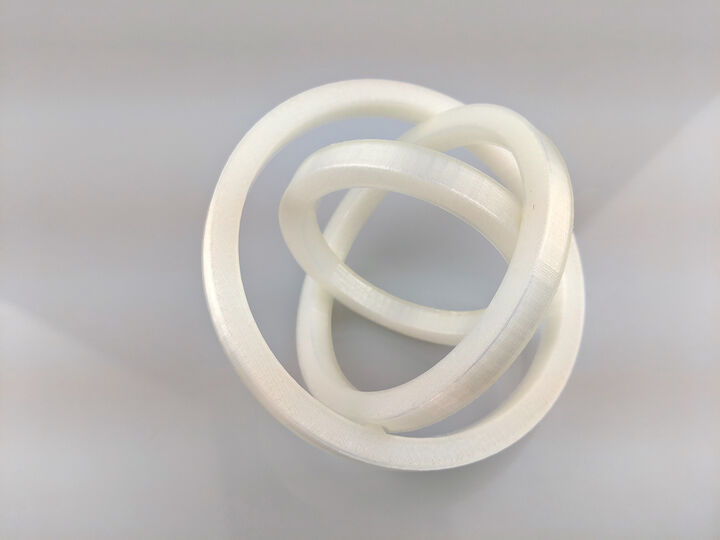
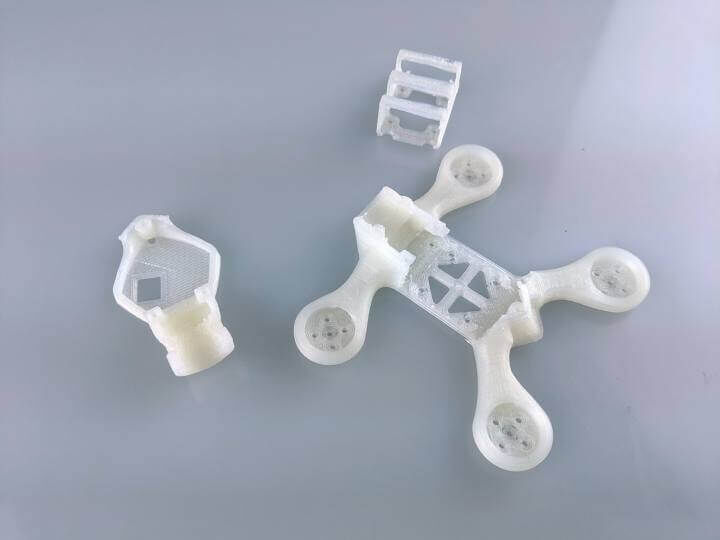
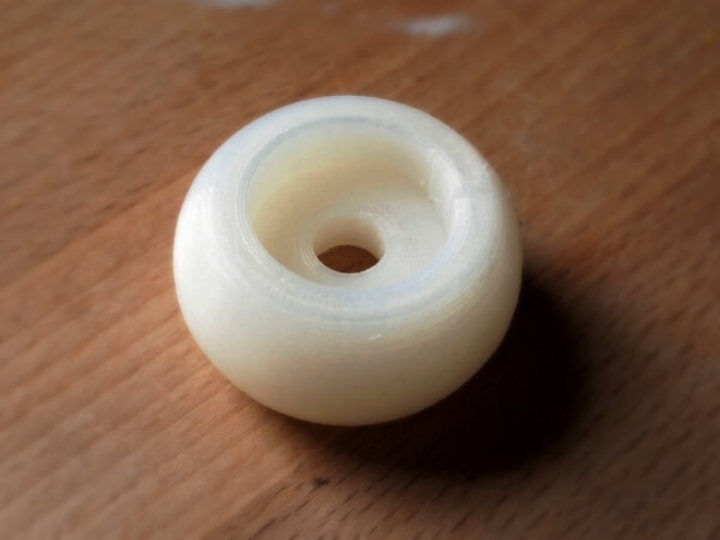
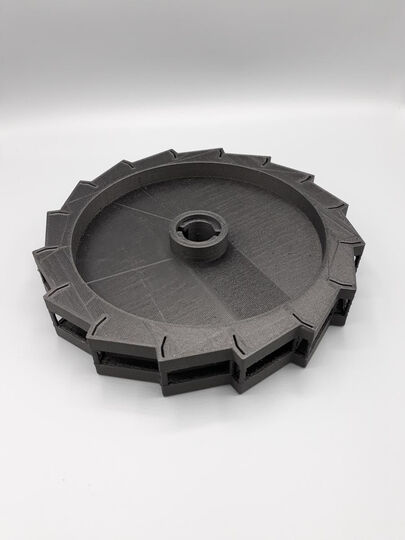
Nylon (or Polyamide) is an extremely durable material with great strength to flexibility ratio, which becomes an alternative to standard PLA or ABS. Usage of nylons in additive and traditional manufacturing not only opens new mechanical opportunities but also reduces parts' weight and gas emissions. This filament is commonly used for semi-flexible and mechanical parts since its chemical, wear and UV resistance is higher compared with basic 3D printing plastics. The downside of nylon filament is its tricky behavior when used with some desktop FDM machines.
Bestellung in Nylon (FDM 3D printing)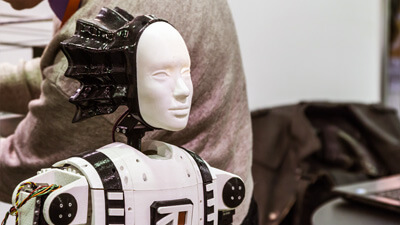

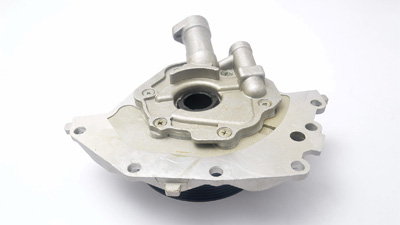
| Property | Value |
|---|---|
| Tensile stress at yield | 27.8 MPa * |
| Flexural Strength | 24.0 MPa * |
| Melting Temperature | 185 - 195 ˚C * |
* Specs vary depending on the material grade
Nylon is a versatile group of thermoplastic polymers, based on polyamides – originally created to replace silks. Behind the “nylon” term there are different material variations, which differ in chain structures, and as a result, share slightly diverse properties. Nylon filaments demonstrate great versatility when it comes to their usage and characteristics, since they allow to produce both tough and flexible objects with a good silky finish.
If nylon filament is used for thick structures with high infill density, the final object would be strong and wear resistant. Faced with stress, such parts would have excellent impact resistance. Using the material for thin parts will result in flexible elastic objects.
Nylon filaments can be tricky to print with compared to PLA. They require higher printing temperatures (220-270°C), heated bed and enclosure (recommended) to avoid warping. In a spool, nylon filament is flexible, so it can cause jamming, especially if feeding and printing speeds are set high.
Like powdered Nylon, the material absorbs quite a lot of moisture, which should be kept in mind when storing the filament or for parts printed with it. On the bright side, such a characteristic allows to easily color objects created with nylon with synthetic fabric dyes – the result will be long-lasting.
Three common FDM Nylon types are Nylon 6, Nylon 6/6 and Nylon 12. All these grades exhibit great strength and suit many applications. However, Nylon 12 tends to be more durable and stable when subjected to higher temperatures and chemicals. 12 grade keeps the object’s shape better and absorbs less moisture from the air. Like Nylon Powder, the filament has composites with additives like glass or carbon-fiber for improved strength.
Alle Kommentare (0)